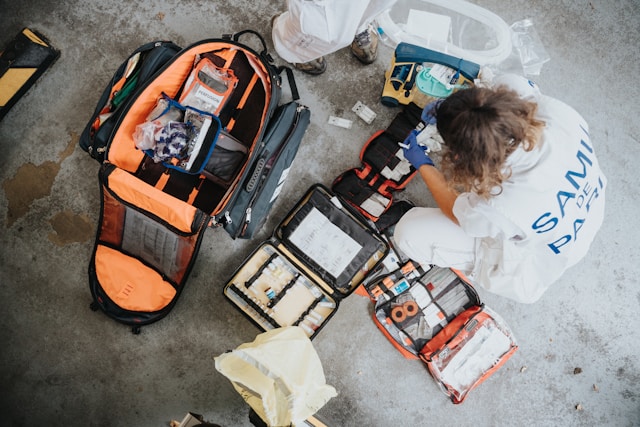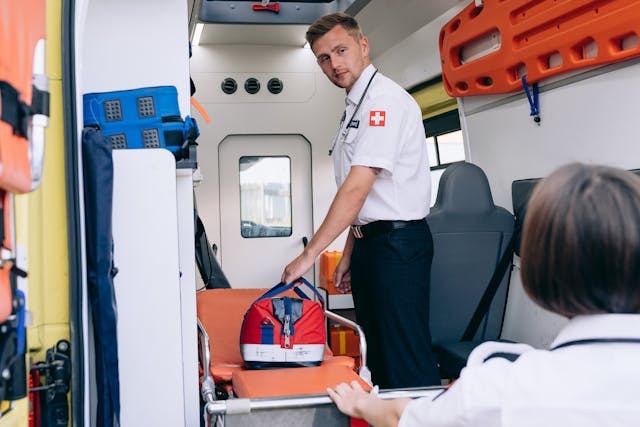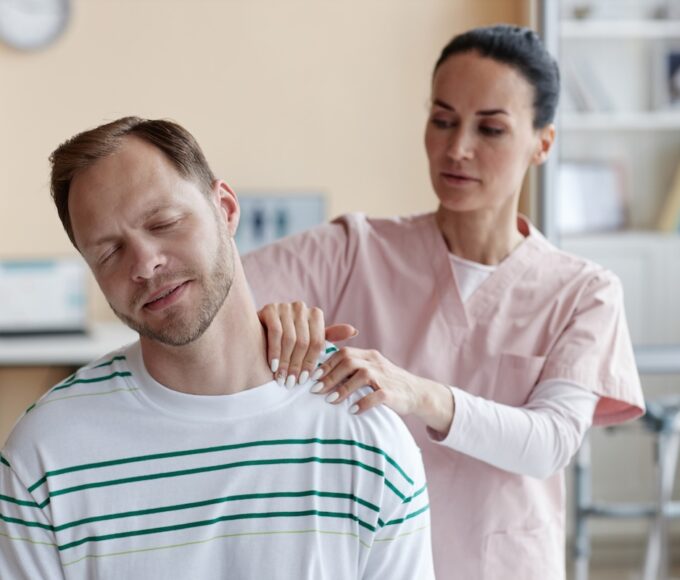Parents fear facing an emergency with their children, but acting fast makes a big difference. Knowing child CPR, or Cardiopulmonary Resuscitation, provides a way to keep oxygen and blood moving until paramedics come. Many Australian families have not prepared for these life-threatening moments. By learning child CPR, parents, carers, and even older siblings become ready to provide help during a health crisis.
In Australia, drowning, blocked airways, and sudden heart stoppage count among the biggest reasons for children’s accidental deaths. When every second matters, waiting for local ambulance staff can take too long. Acting on the spot is sometimes a child’s only chance to survive. Australian parents now use trusted classes like EmergCare infant CPR training, which gives them the practical abilities needed when things happen quickly. EmergCare, offering online baby care lessons, supports families to get ready for these situations.

Understanding the Basics of Child CPR
The method for child CPR is not exactly the same as for adults because babies and young kids have smaller and softer bodies. By using chest presses and giving rescue breaths, people help keep the brain and organs working with enough oxygen. Starting CPR as soon as possible improves the chance that a child can recover. Parents might feel nervous about learning at first, but new-style courses show the steps one by one so anyone can follow. Training explains the reasons behind each action, helping parents to fully remember and use the skills.
Learning CPR builds a feeling of control when other options may not exist. Instead of freezing in fear when a child chokes or falls in water, trained parents react with steps they know. Being able to take action is more important for families in Australian country or remote areas where ambulances might not come soon. When parents know CPR, they become their child’s first urgent helper.
Creating a Culture of Preparedness at Home
People who study CPR often work harder to make their homes safer and talk to others about emergency plans. After learning, parents guard their homes, teach other carers, and often review safety rules with family members. A habit of planning spreads safe habits for everyone, not just one person.Australian clinics and hospitals now want parents to learn CPR as part of becoming ready for parenthood. Online courses have made this easier for busy families by fitting lessons into any schedule. These lessons also help influence grandparents, babysitters, or even neighbours so more people know what to do.
Early Intervention Saves Lives
Doctors and statistics show helping quickly makes survival more likely for children in life-threatening emergencies. A child who gets CPR in the first minute or two after a heart issue is two or three times more likely to recover. Many adults worry about making mistakes, but worry stops action even when it is needed.Training and repeated practice help parents stay calm and act fast when emergencies arrive. A trusted CPR program will show each move but also explain timing and why speed matters. Courses focus on confidence, on timing, and on keeping a cool mind when stress rises. A parent prepared for action is not only more likely to help, but also less likely to freeze during a child’s crisis.

Why Every Parent Should Invest in CPR Training?
Most families feel busy and distracted, so they often postpone learning CPR unless something bad happens. Sudden events, like choking or severe allergies, happen with no warning. Not knowing what to do may lead to bad results for a child.Giving a few hours to a training course makes the big difference between panic and action. With skills learned, parents can offer help at home, in shops, parks, or while traveling. Training is not just for your own child but gives parents the power to save any child in need wherever they are.
Empowering Communities through CPR Awareness
A community with many people trained in CPR stays more ready for any emergency. Australian schools, youth clubs, and even offices are starting to make CPR training part of normal safety rules. In a country with water sports and outdoor play, raising CPR awareness makes a big impact.Parents who finish CPR courses often ask their friends and family to join, making everyone safer together. Sharing knowledge and supporting others to learn increases the chance that someone close to your child will be able to act fast. Community efforts mean more children get help in time and more lives can be saved.












